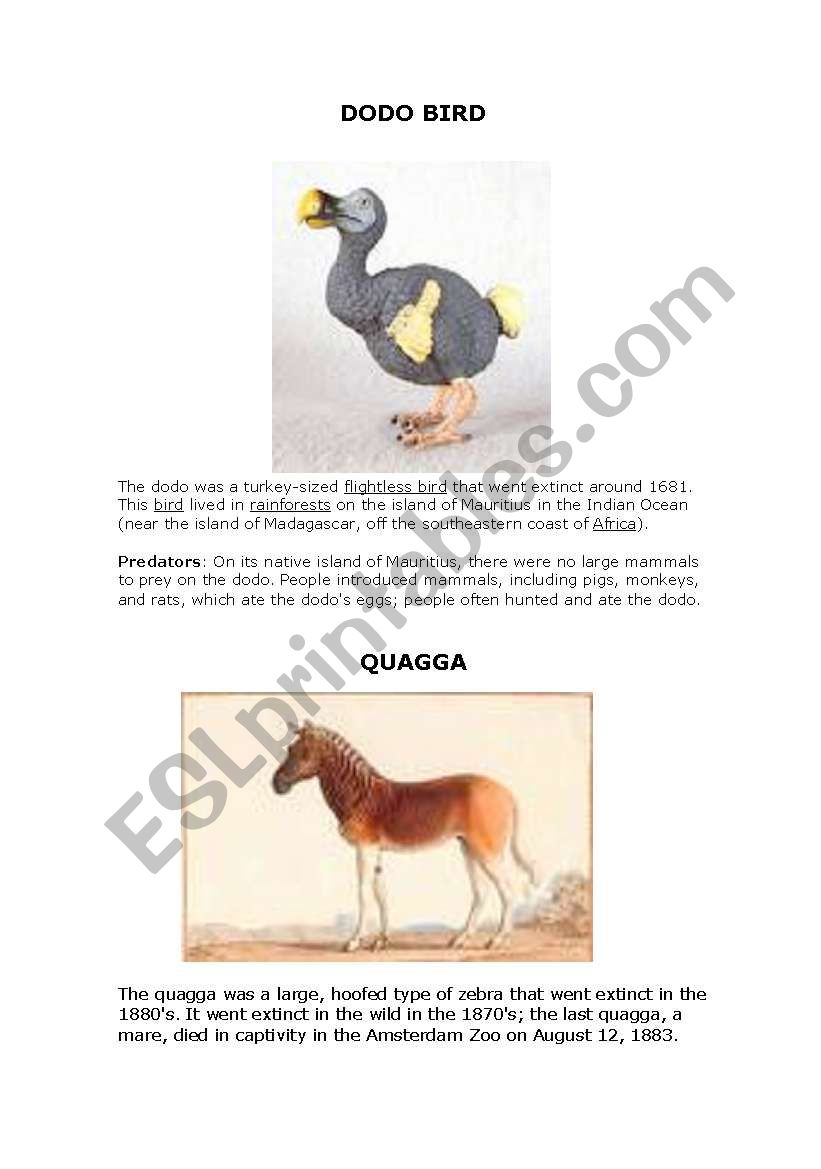
Acute kidney injury (AKI) induced by animal toxins is related to worse prognostic and outcomes. Mechanistically, we identify VEGFKD-induced abnormal S-nitrosylation of specific proteins, including β3-integrin, laminin, and S-nitrosoglutathione reductase (GSNOR), as targetable molecular mechanisms involved in the development of advanced diffuse glomerulosclerosis and renal failure.Įither bites or stings of venomous animals comprise relevant public health problems in tropical countries.

Collectively, data indicate that combined podocyte VEGF-A and eNOS deficiency result in diffuse glomerulosclerosis in mice compensatory NO and thiol generation prevents severe proteinuria and GFR loss in VEGFKD diabetic mice with intact eNOS, whereas VEGFKD induction in eNOS−/−:VEGFKD mice causes massive proteinuria and renal failure mimicking DKD in the absence of diabetes. In eNOS−/−:VEGFKD (+dox) mice severe diffuse glomerulosclerosis was associated with microaneurisms, arteriolar hyalinosis, massive proteinuria, and renal failure.

VEGFKD diabetic mice developed mild proteinuria and maintained normal glomerular filtration rate (GFR), associated with extremely high NO and thiol urinary excretion. Induction of podocyte VEGFKD led to diffuse glomerulosclerosis, foot process effacement, and GBM thickening in both diabetic mice with intact eNOS and in non-diabetic eNOS−/−:VEGFKD mice. Diabetes was induced with streptozotocin using the Animal Models of Diabetic Complications Consortium (AMDCC) protocol. Here we examined the effect of inducible podocyte VEGF-A knockdown (VEGFKD) in diabetic mice and in endothelial nitric oxide synthase knockout mice (eNOS−/−). While NO availability is consistently low in diabetes, both high and low VEGF-A have been reported in patients with DKD. Vascular endothelial growth factor-a (VEGF-A) and nitric oxide (NO) are essential for glomerular filtration barrier homeostasis, and are dysregulated in diabetic kidney disease (DKD).

The data show that the bradykinin receptor mutations by themselves affect only two of the baseline parameters: plasma insulin levels (increased to approximately 1.6× normal in B2R-null and approximately 2.5× normal in BRKO), and plasma thiobarbituric acid-reactive substances (TBARS) (increased to approximately 2.6× normal in B2R-null and approximately 3.0× normal in BRKO). Table S1 lists the P values, assessed by two-way ANOVA, for the effects on the various parameters of bradykinin receptors genotype and the Akita mutation and for the presence of any interaction between them. 1 shows baseline data at 12 months age of WT male mice, mice with the gene coding for B2R knocked out (B2R-null), mice with the genes coding for both B1R and B2R knocked out (BRKO), mice heterozygous for the diabetogenic Akita mutation in the Ins2 gene (Akita), Akita mice with the gene coding for B2R knocked out (B2R-null-Akita), and Akita mice with the genes coding for both bradykinin receptors knocked out (BRKO-Akita).


 0 kommentar(er)
0 kommentar(er)
